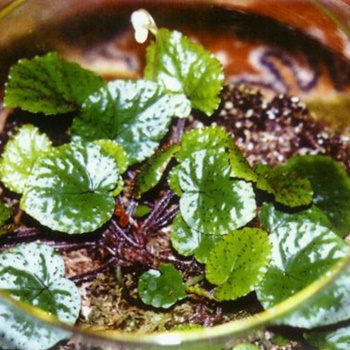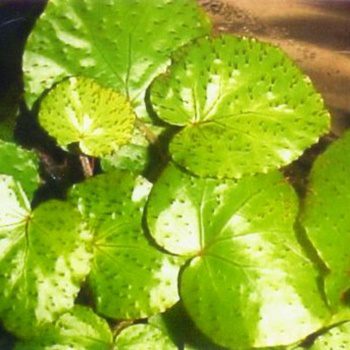When I grow B. limprichtii in a terrarium, I have used two different mediums. In Oklahoma, I used a charcoal base, covered with a layer of perlite, followed with a layer of soilless potting mix composed of 1/3 sphagum peat moss, 1/3 perlite, and 1/3 vermiculite. To this mixture, I added just enough water to lightly moisten the growing medium. Begonia limprichtii did quite well with no water or additional fertilizer for over a year at a time. I left the container completely covered so the humidity was quite high at all times. It was grown in a naturally light room with no additional grow lights added. It did well and covered the space available in the container. Bloom was very sparse, sometimes not even once a year.
The other method I have used came when I married Leora and moved to Plano, Texas just north of Dallas. Natural light was quite limited for the growing space there and I found that the temperature and humidity which plays such an important role for this plant were also quite different than the growing conditions in Oklahoma.
Begonia limprichtii on display at a show and second a closeup to show the stiff red hairs.
Begonia limprichtii does grow well under low-medium light conditions and does not like heat. We find that growing it on the bottom level of the growing cart works best.



